
surfresearch.com.au
intnational surfing : world contest, 1968-1969
intnational surfing : world contest, 1968-1969
|
|
|
|
|
|
 |
surfresearch.com.au
intnational surfing : world contest, 1968-1969 |
 |
WORLD CONTEST RINCON, PUERTO RICO By CRAIG LOCKWOOD Fred Hemmings (left) and Midget Farrelly (right) tied for first place, but the Hawaiian was declared the winner by including an extra wave. |
 |
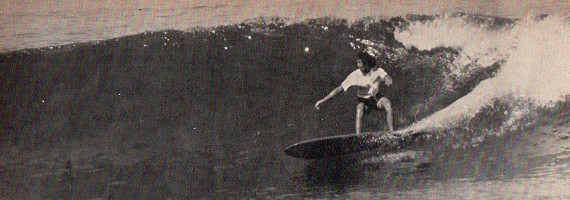 |
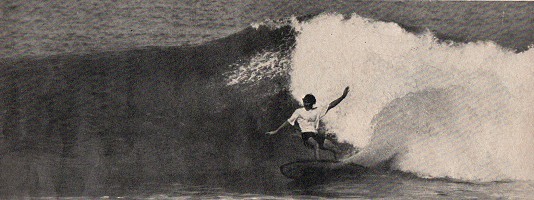 |
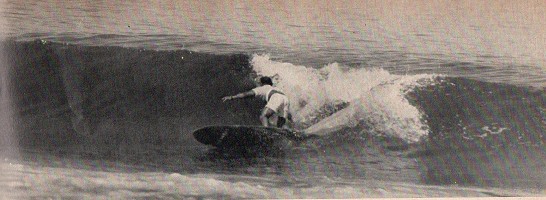 |
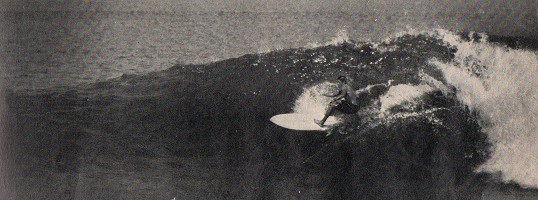 |
 |
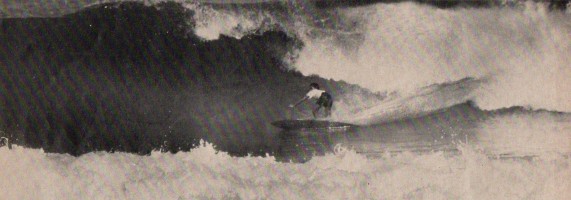 |
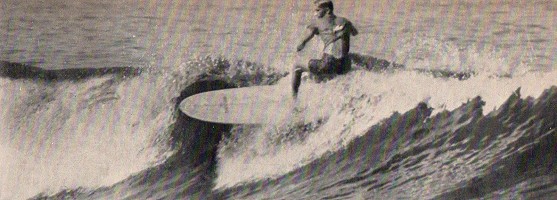 |
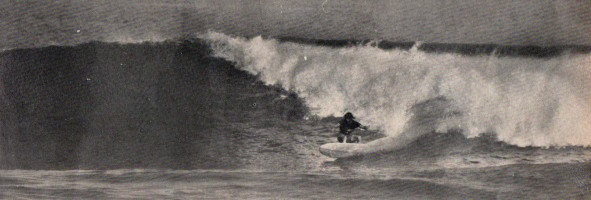 |
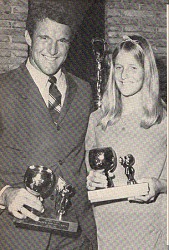 |
MEN
1. Fred Hemmings - Hawaii2. Midget Farrelly - Australia 3.Russell Hughes - Australia 4. Nat Young - Australia 5. Mike Doyle - California 6. Reno Abellira - Hawaii 5000 METER
PADDLING RACE
Winning
Team—West Coast
Bill Mount, Kenny Linn, Jerry Bennette, Mike Doyle. 2nd Place Team—Australia Midget Farrelly, Ted Spencer, Peter Drouyn, Nat Young. |
WOMEN
1. Margo Godfrey - California2. Sharron Weber - Hawaii 3. Phyllis O'Donnell - Australia 4. Martha Sunn - Hawaii 5. Candy Chase - Puerto Rico 6. Janice Domorski - East Coast TANDEM
1. Ron Ball-Debbie Gustafon -
California2. Dr. Robert Scott-Liz Herd - California & East Coast 3. Rodney Sumpter-Annete Hughes - Ireland & England 4. Fred Hemmings-Leslie Scott - Hawaii & California 5. Mike Doyle-Margo Godfrey - California |
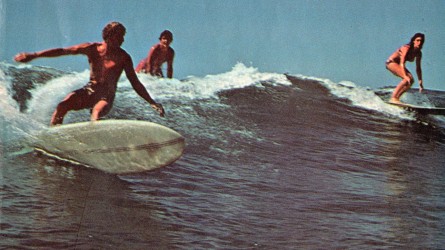 |
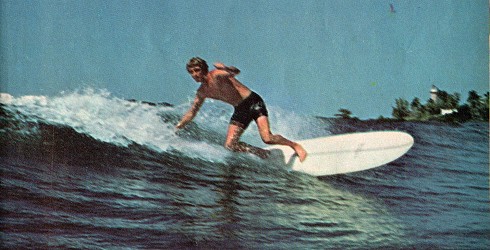 |
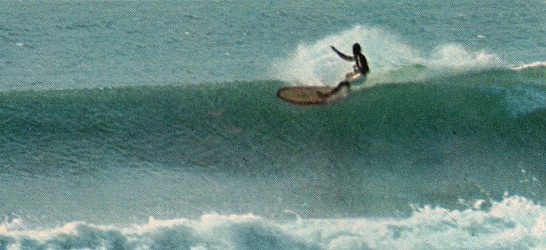 Midget
Farrelly tracking a perfect right slide.
|
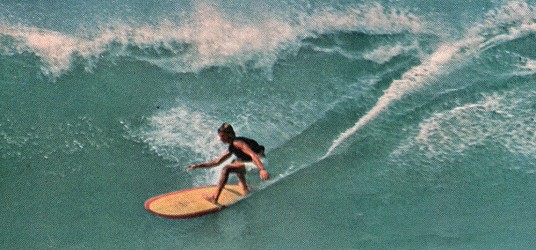 Midget
drops down in a closeout section.
|
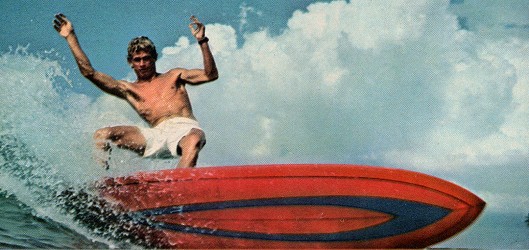 A close up
of Midgets's cutback.
|
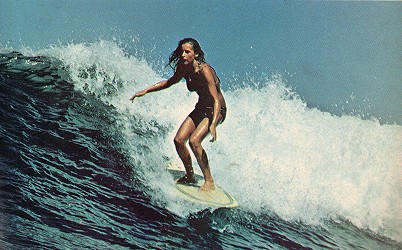 |
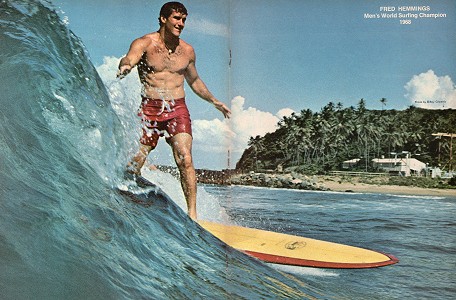
 Little Reno Abellira on a wave almost twice his height. |
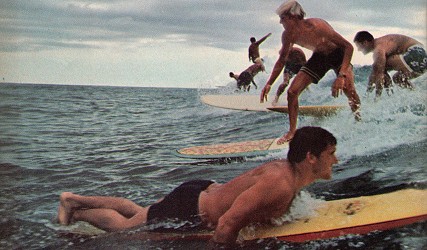 Fred Hemmings paddles out
against the traffic. Photo by Mickey
Gose
|
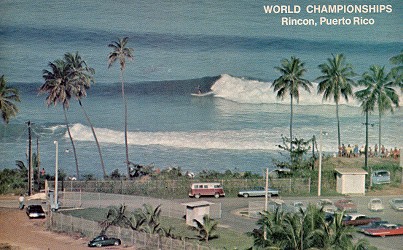 The Domes, sight (sic)
of all the World Contest semi-finals.
Photo by Mickey Gose
|
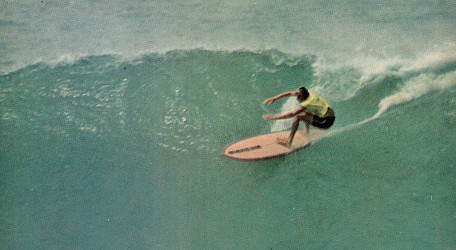 California's Mike Doyle
driving through a hot section for fifth
place.
|
Page 21 Brad and Joe
Roland pose with their mini-boards.
|
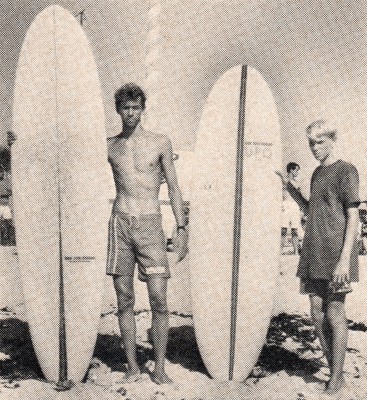 |
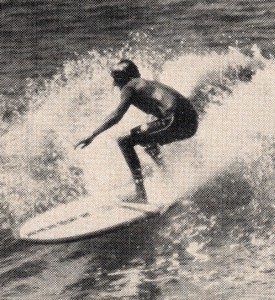 Mike Doyle turning into a hot section. |
|
DEWEY WEBER
The short board revolution with all it's aspects and highlights was probably more evident at Malibu this summer than at any other spot on the West Coast. Malibu . . . the ever present challenge of the near perfect wave. The gathering spot for all types of surfers experimenting with all facets of the sport. My Malibu, the Malibu that has presented me with expression in surfing for the past 17 years . . . my home. Malibu exploded in '68. Angie Reno, Moto Coghlan, George Szigeti, Joey Thomas, Harold Iggy, Jo Jo Perrin, we all rode Malibu in the summer of '68 as it had never been ridden before. Hot young kids, radical newcomers, and the stars of yesteryear, riding short, light, maneuverable, mini machines. All ripping, riding tighter back and further up in there. Breath-taking scenes . . . going completely out of the wave, slipping back in over the falls, hitting the bottom, carving giant holes in the trough. |
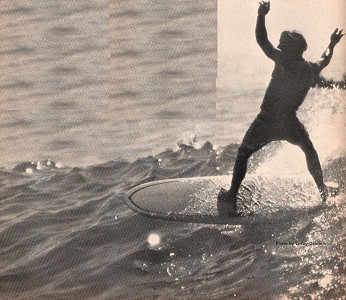 Dewey Weber
in a lightning cutback.
|
| Men's: 1. Jock Sutherland- Kui O Hawaii 2. Jim Blears- Freedom Riders 3. Jerry Lopez- Kui O Hawaii 4. Rick Parker- Kui O Hawaii 5. John Mobley- Unattached 6. Richard Trier- Freedom Riders |
Juniors: 1. Reno Abillera- Kui O Hawaii 2. Tomi Winkler- Kui O Hawaii 3. Alden Kaikaka- Freedom Riders 4. Chris Gardner- Kui O Hawaii 5. Glen Kaulikikui- Freedom Riders 6. Dennis Pang- Freedom Riders |
Senior
Men's: 1. Happy Marciel- Makaha Surfing Association 2. Lord Blears- Freedom Riders 3. Rick Patterson- Heenalu 4. George Cassady- Makaha Surfing Association |
| Women's:
1. Sharron Weber- Kui O Hawaii 2. Laura Blears—Freedom Riders 3. Sweetie Mossman—Freedom Riders 4. Lani Gay—Diamond Head Surf Club |
Boys':
1. Rusty Starr- Kui O Hawaii 2. Dino Ching- Freedom Riders 3. Rory Russell- Haliewa Surfing Association 4. Bill Chamberlain- Unattached |
|
Judges' Bench
(by Hoppy Swarts and Don Murray, Continued from page 11.) ...
Most knowledgeable surfers feel that small contests are the answer. The Laguna Masters in '66 and the Oceanside Invitational the same year were successful examples of limited entry, high caliber contests. The Duke Kahanamoku Invitational is another. The World Contest is by definition a tight contest. All of these were or are good events, all of them exciting, meaningful and stimulating to the spectator. They are a factual denial of the sponsor argument that a contest must be big to be good. "The best contest I've ever seen," reflects Hoppy Swarts, "was at Steamer Lane in '67. There was big, challenging surf, ten to twelve foot glassy walls, a small field of outstanding surfers, and an hour long final. It was great." Although the West Coast is no Hawaii, there is good surf, and there are good surfing areas. So far, our contest program has not taken advantage of them. "Actually, an ideal contest would be limited to fifteen men and five women," says Hoppy. "A double elimination contest over a two day period with one heat area and not more than four surfers in any heat, perhaps only two. |
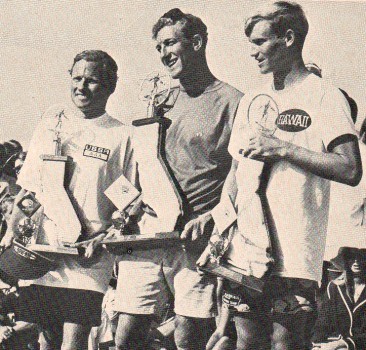 1966 World
Contest:
Corky Carroll, Nat Young, Jock Sutherland. Accompanying an article on surfers-knots, or board-bumps, from kneel-paddling. |
| Page 49 Windansea Menehune Contest, La Jolla 26 October 1968 Future champs, Keith Krunch, Hobie Alter Jr., Doug Browne, Kevin O'Sullivan. |
 |
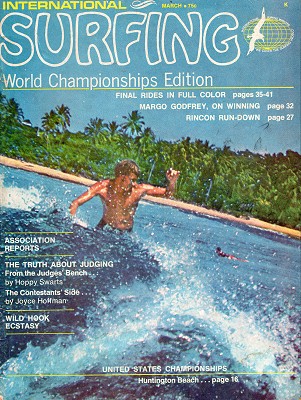 |
|
|
|
|
|
|